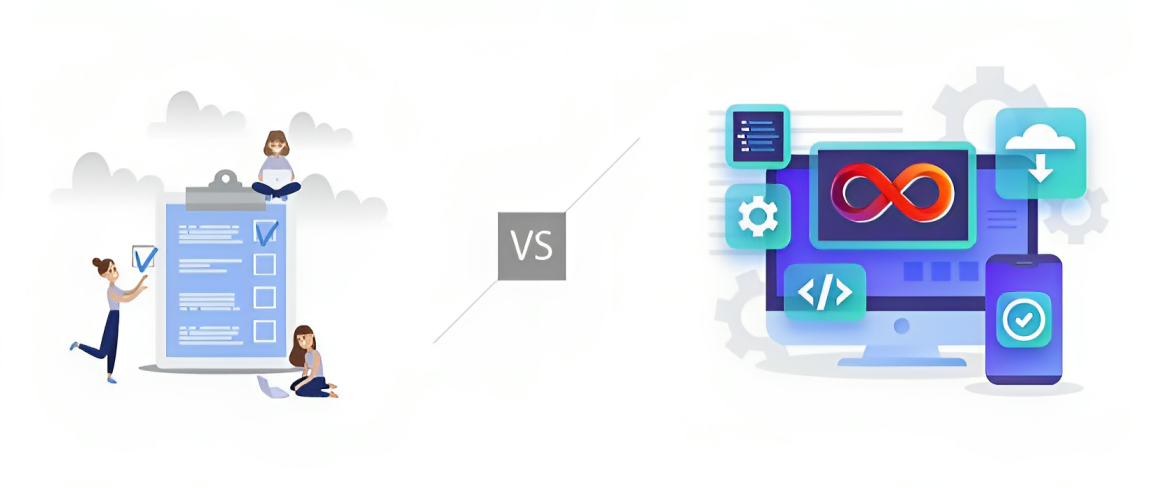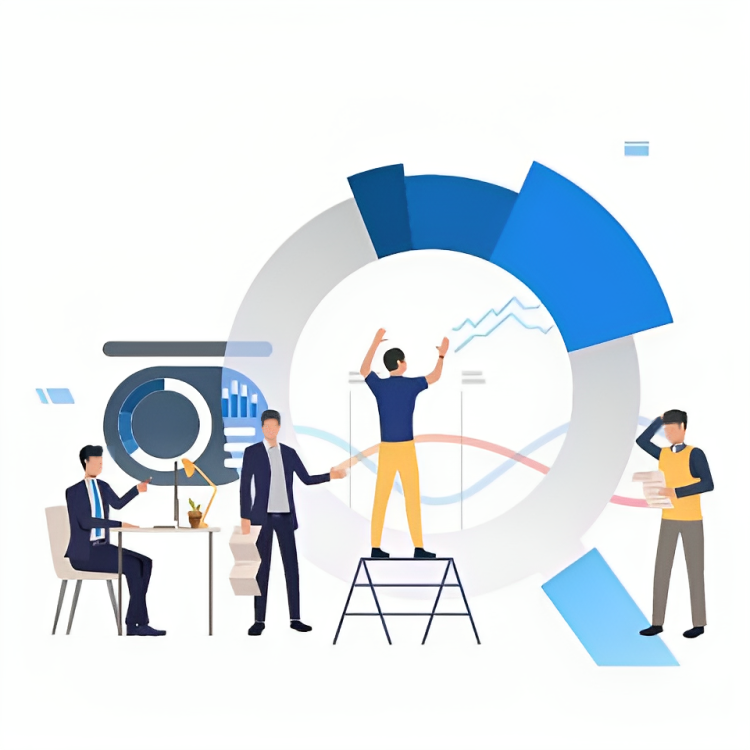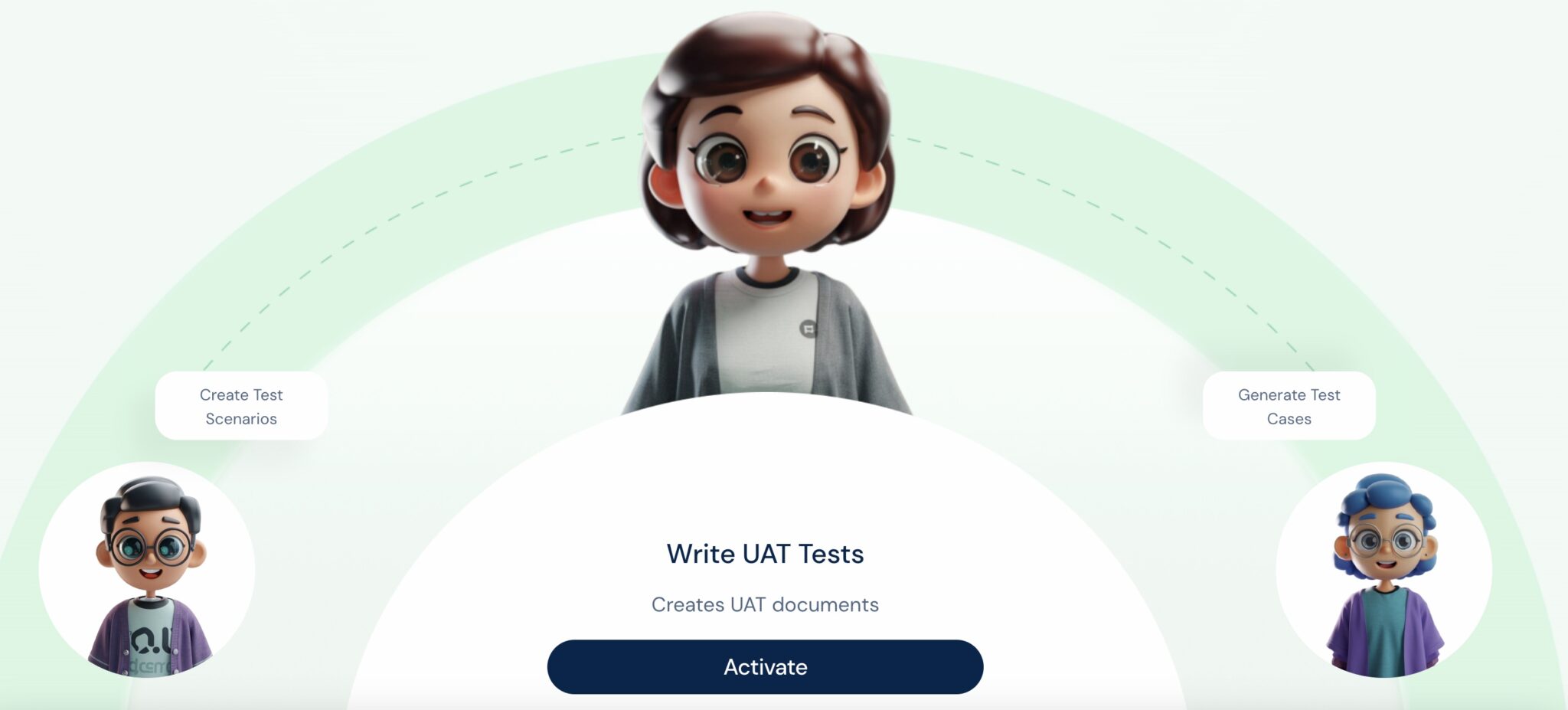Introduction
- Functional testing is a vital component of software quality assurance, ensuring software functionality and adherence to business requirements.
- This document explores the significance of functional testing in the contexts of both Agile and DevOps methodologies.
Understanding Functional Testing:
- Functional testing validates software functionality, making sure it behaves as expected.
- It comes in various forms, such as unit testing, component testing, smoke testing, sanity testing, integration testing, regression testing, system testing, and user acceptance testing.
- Functional testing is a critical software testing approach that ensures a software application behaves according to its specified requirements. It primarily focuses on how the software functions from a user’s perspective without needing knowledge of its internal code.
- Functional testing can be executed manually or using automation tools like Selenium. Automation streamlines repetitive tests and is especially useful in a continuous integration environment.
- Functional testing validates that the software functions as intended and documents any defects for resolution.
- Functional testing is an integral part of the software development process, ensuring that software meets user expectations and functions correctly.
Why Businesses Need Functional Testing:

- Ensures software functionality, quality, and adherence to specifications.
- Tests for error conditions and important functions.
- Delivers fully-functional, defect-free software for a great customer experience.
- Quality Assurance: Functional testing ensures that the software or application performs as intended, meeting user and business requirements. It helps maintain the quality and reliability of the software.
- Bug Tracking and Reporting: Functional testing identifies and reports defects and issues, allowing developers to address them. This structured approach improves communication and collaboration between development and testing teams.
Differences Between Functional and Non-Functional Testing:

Functional Testing | Non-functional Testing |
It is based on functional testing requirements of the software. | It is based on non-functional testing requirements of the software. |
Functional testing focuses on validating software features | focuses on non-feature aspects. |
Tests the functionalities/features of the software. | Tests the non-functional aspects of the software, such as performance, usability, accessibility. |
Includes various testing types like smoke testing, sanity testing, unit testing, component testing, integration testing, system testing, regression testing, and user acceptance testing. | Includes various testing types like performance and load testing, security testing, usability testing, accessibility testing, compatibility testing, and localization testing. |
Functional testing assures that outputs match inputs | non-functional testing validates adherence to standards. |
Validates outputs against the inputs to ensure the software functions properly. | Validates the app against defined SLAs or standards to ensure all non-functional testing requirements are met. |
Unit Testing vs. Regression Testing vs. Functional Testing:

Unit Testing | Regression Testing | Functional Testing |
Unit testing examines small code units in isolation. | Regression testing checks existing code post-changes. | Functional testing scrutinizes software functionality as a whole. |
Tests the code in isolation to ensure it functions well. | Tests the existing code to ensure it remains unaffected due to recent code changes. | Tests the functionality of the software to ensure it works well. |
It is not complex, as small codes are tested in isolation. | It is complex, as software is to be tested repetitively after every code change. | It is complex, as the whole software is to be tested. |
To perform unit testing, the white box testing technique is used. | Either a white box or black box testing technique can be used to perform regression testing. | To perform this testing method, the black box testing technique is used. |
There are no further types in this testing method. | Testing types for regression testing include corrective regression testing, retest-all regression testing, selective regression testing, progressive regression testing, complete regression testing, and risk-based regression testing. | Testing types for functional testing include smoke testing, sanity testing, unit testing, component testing, integration testing, system testing, regression testing, and user acceptance testing. |
How to Conduct Functional Testing:
- Identify Testing Needs/Requirements:
- Understand business requirements to determine testing needs in detail.
- Understand business requirements to determine testing needs in detail.
- Prepare a Comprehensive Test Plan:
- Clearly define the test objective, methods, and techniques in the test plan.
- Clearly define the test objective, methods, and techniques in the test plan.
- Create Effective Test Cases:
- Develop test cases that ensure maximum test coverage for comprehensive testing.
- Develop test cases that ensure maximum test coverage for comprehensive testing.
- Generate Input Data Based on Function Specifications:
- Create input data to test specific functionality, known as input data.
- Create input data to test specific functionality, known as input data.
- Execute Test Cases:
- Run the test cases using the input data identified in the previous step.
- Run the test cases using the input data identified in the previous step.
- Compare Actual and Expected Results:
- Determine whether the test is a pass or fail by comparing actual outcomes with expected ones.
- Determine whether the test is a pass or fail by comparing actual outcomes with expected ones.
- Log Identified Variations or Defects:
- Document any variations between actual and expected outcomes, known as defects, for further action.
Significance of Functional Testing in Agile:

- In Agile, development and testing occur simultaneously in sprints.
- Functional testing in Agile accelerates the testing process, ensuring early defect identification and removal, and promoting inter-team collaboration.
Significance of Functional Testing in DevOps:

- DevOps emphasizes fast, frequent software builds and releases.
- Automated functional testing is integrated into the Continuous Integration and Continuous Delivery (CI/CD) pipeline.
- Functional testing in DevOps ensures software quality early in development, accelerates delivery, and reduces manual errors.
Functional Testing Tools:

- Tricentis Tosca:
- Supports continuous testing in the DevOps pipeline.
- Supports continuous testing in the DevOps pipeline.
- Appium:
- Automated testing for mobile apps on various platforms.
- Automated testing for mobile apps on various platforms.
- Ranorex:
- Offers all-in-one automation for desktop, mobile, and web.
- Offers all-in-one automation for desktop, mobile, and web.
- Selenium:
- Well-suited for web application testing.
- Well-suited for web application testing.
- TestComplete:
- Facilitates keyword-driven and data-driven testing.
Conclusion:
- Businesses are increasingly embracing Agile and DevOps methodologies.
- The quality and proper functioning of software are guaranteed by end-to-end functional testing.
- Functional testing enhances functionality, customer experience, and cost savings.
aiTest: A Closer Look
aiTest an all-in-one testing platform. This platform is designed to conduct comprehensive testing on your applications concurrently. It supports cross-browser and browser version testing, as well as functional and performance tests integrated with Analytics. Additionally, the platform incorporates automation features, including an LLM for effortless generation and testing of machine learning models and generating test data for the same.One-stop solution for continuous testing, integrating seamlessly with CI/CD pipelines. With support for multiple languages and specialized testing for AI/ML services, aiTest empowers organizations to speed up their release cycles while ensuring quality and reliability.


